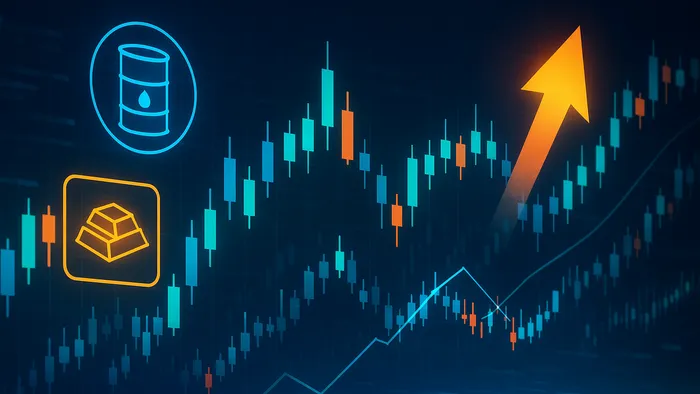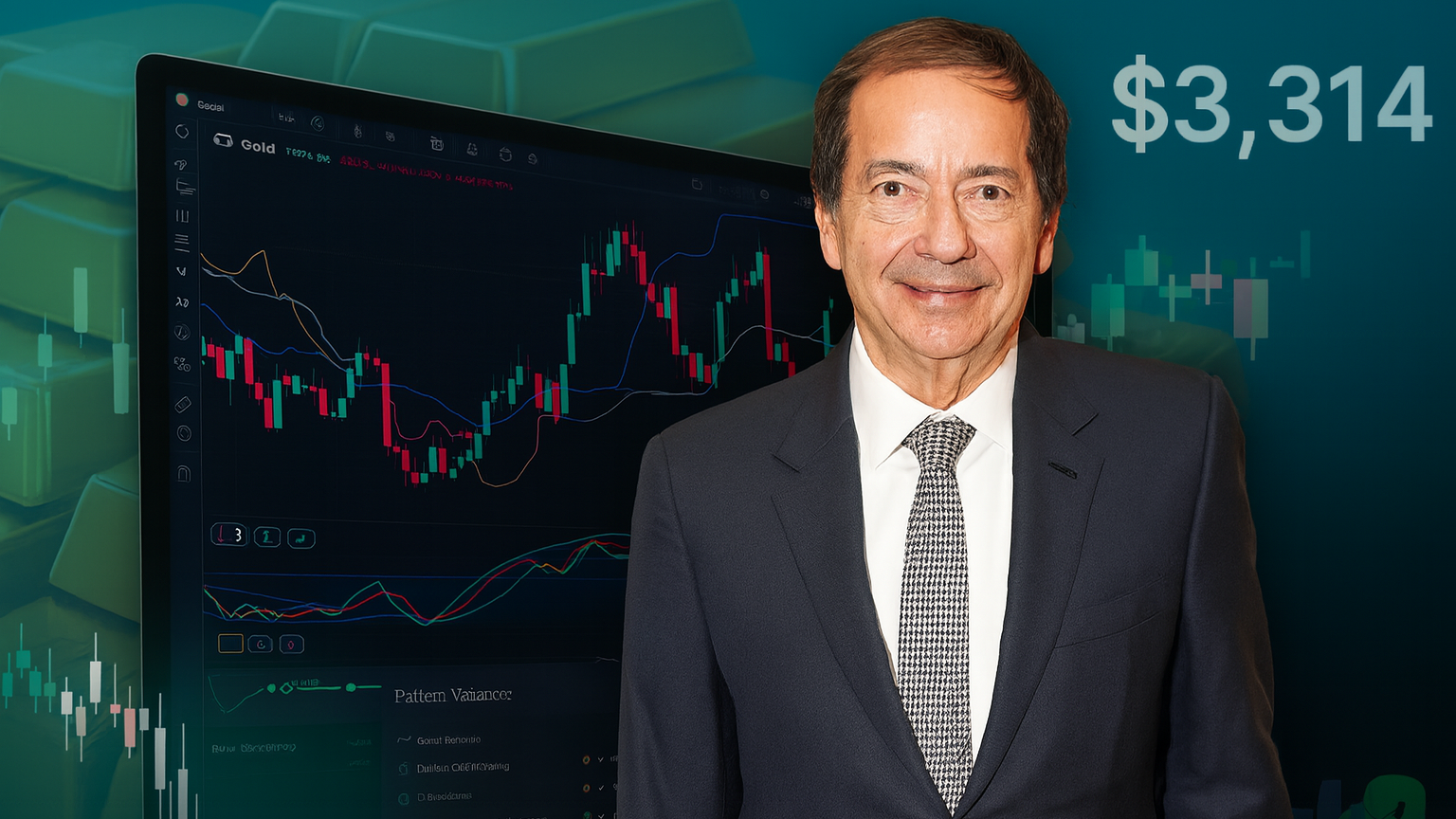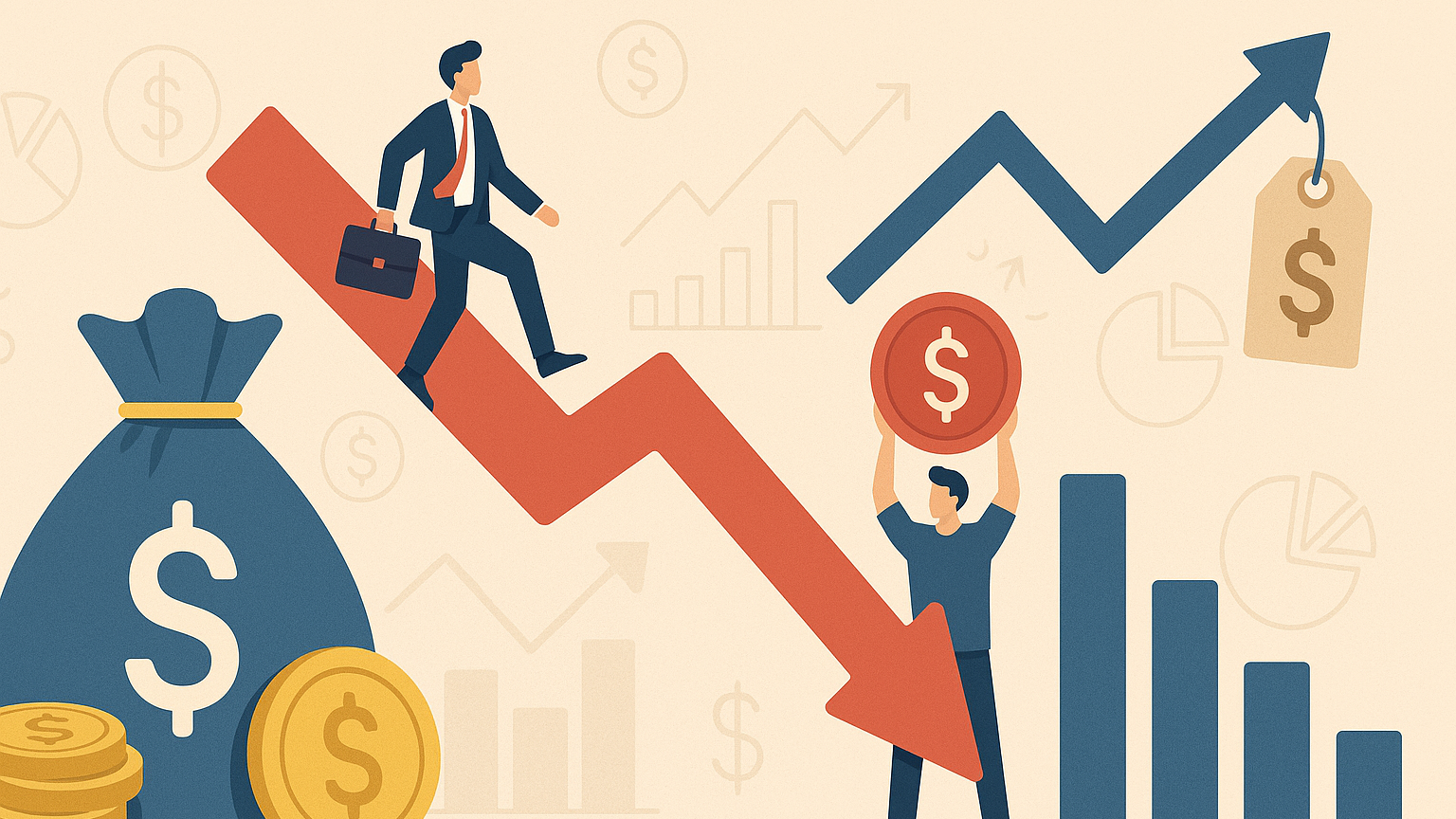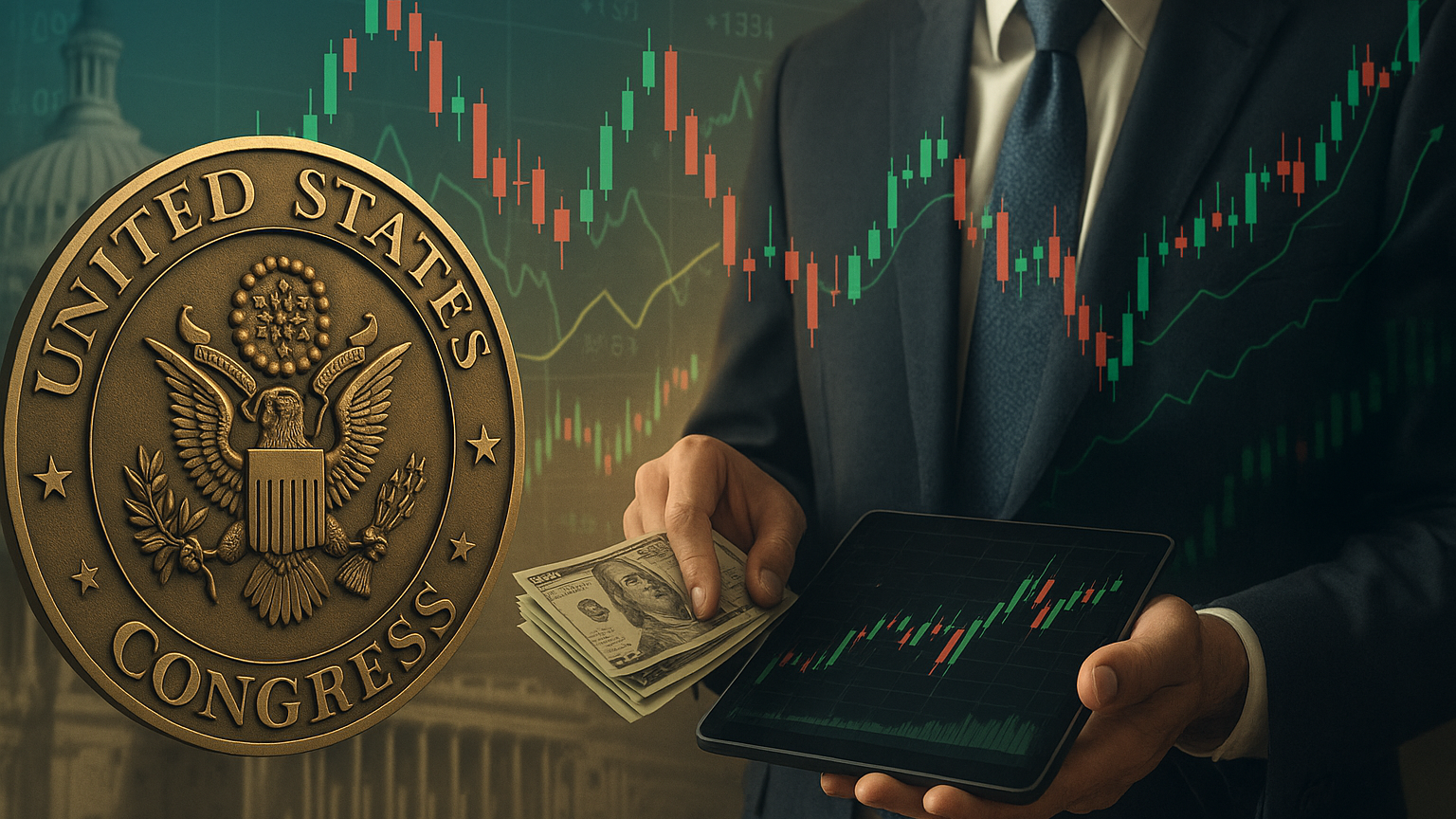Understand the essentials of futures contracts, including trading strategies, risk management, and market behavior for effective trading.
Futures contracts are agreements to buy or sell an asset at a set price on a future date. They are widely used in financial markets for hedging risks or speculating on price movements. Here’s a quick overview:
- What They Are: Standardized contracts traded on regulated exchanges.
- Participants: Hedgers manage risks (e.g., farmers or manufacturers), while speculators aim to profit from price changes.
- Key Features:
- Standardized terms (e.g., asset type, quantity, quality).
- Settlement methods: cash or physical delivery.
- Traded electronically on platforms like CME Globex.
- Common Uses:
- Risk management (e.g., locking in prices for commodities like oil or gold).
- Profit opportunities via leverage or arbitrage.
Futures trading involves understanding market trends, managing risks with tools like margin accounts, and analyzing price curves (e.g., contango or backwardation). Whether you're a beginner or an experienced trader, knowing these basics is essential to navigating the fast-paced futures market.
Main Parts of a Futures Contract
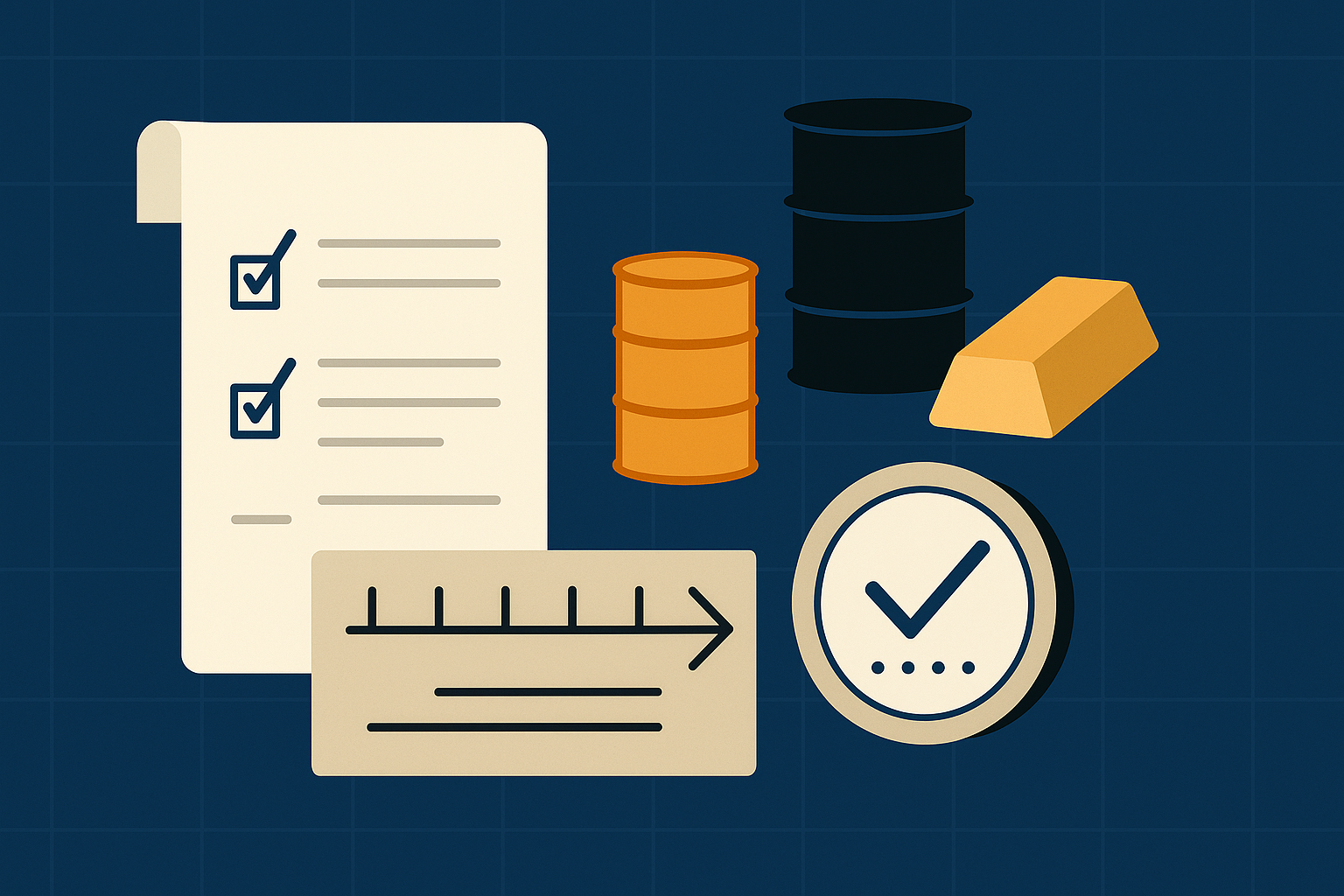
Contract Terms and Assets
Futures contracts come with standardized details, outlining the quality, quantity, and specific parameters of the underlying asset. The contract size determines the level of financial exposure for traders.
Here’s a quick look at some common contract specifications from major exchanges:
| Asset Type | Standard Contract Size | Price Quote |
|---|---|---|
| Crude Oil | 1,000 barrels | Dollars per barrel |
| Gold | 100 troy ounces | Dollars per ounce |
| E-mini S&P 500 | $50 × index value | Index points |
For smaller traders, exchanges also offer mini and micro contracts with reduced sizes. These alternatives make futures markets more accessible without compromising the standardization that keeps the system efficient.
Contract End Dates and Settlement
When futures contracts reach their expiration date, they are settled in one of two ways:
- Physical Delivery: The seller delivers the actual asset to the buyer.
- Cash Settlement: The difference between the contract price and the current market price is settled in cash.
Interestingly, most traders don’t hold their contracts until expiration. Instead, they close their positions early—a process called liquidation. In fact, the majority of futures contracts are liquidated before delivery. This practice is supported by strict exchange rules and oversight.
Exchange Rules and Standards
Exchanges play a critical role in maintaining fair and orderly trading. For example, the CME Group enforces strict rules covering everything from the quality of deliverable assets to price fluctuation limits, trading hours, settlement procedures, position limits, and margin requirements.
"Exchanges provide a central forum for buyers and sellers to gather—at first physically, now electronically...Exchanges play another important role in 'guaranteeing' futures contracts will be honored; many exchanges operate 'clearinghouses,' which serve as backstops or 'counterparties' in every trade. The basic idea is to reduce or eliminate counterparty risk and ensure confidence in the markets." – Charles Schwab
In the U.S., the Commodity Futures Trading Commission (CFTC), established in 1974, oversees futures markets. The CFTC works with exchanges to prevent manipulation, regulate brokerage firms, monitor trading practices, ensure price accuracy, and enforce trading halts when needed.
This regulatory system, combined with clearinghouse guarantees, helps eliminate counterparty risk and keeps market confidence intact.
How To Trade Futures Contracts: A Complete Guide
Trading Futures Step by Step
This section walks you through the process of trading futures, covering everything from opening positions to daily settlements.
Opening Positions and Margins
Futures trading uses a margin system that serves as a performance deposit, letting traders control large contract values with relatively small upfront capital.
There are two key types of margins:
| Margin Type | Purpose | Typical Range |
|---|---|---|
| Initial Margin | Needed to open a position | 3–12% of the contract value |
| Maintenance Margin | Minimum balance to keep a position | Lower than the initial margin |
For example, if you buy five /MCL contracts at $65 per barrel, the notional value is $32,500. To open this position, you'd need an initial margin of $2,550, while each contract requires a maintenance margin of $510. If your balance falls below this level, a margin call is issued to restore it.
Daily Price Settlement
Futures trading uses a daily mark-to-market system to calculate and settle profits or losses. This adds transparency and helps manage risk.
- Corn futures on CME Globex settle at 13:15 CT.
- E-mini S&P 500 futures use a volume-weighted average price between 15:14:30 and 15:15:00 CT.
- U.S. Treasury futures settle based on trading activity between 13:59:30 and 14:00:00 CT.
Next, understanding how futures prices behave offers insight into market sentiment.
Price Curves and Market States
Futures prices reflect market expectations and supply-demand dynamics, typically falling into two conditions:
Contango Markets:
- Forward prices are higher than current (spot) prices.
- Often seen in markets with high storage costs.
- Prices tend to decrease as the contract nears its delivery date.
Backwardation Markets:
- Forward prices are lower than spot prices.
- Often indicate immediate supply shortages.
- Prices typically rise as the contract approaches delivery.
For example, in March 2023, 74% of S&P GSCI components traded at higher prices for one-month delivery compared to one-year delivery. Similarly, Brent Crude futures have been in “super backwardation” since 2022, highlighting tight supply conditions.
"Knowing the shape of a futures curve at any given moment allows you to get a strong understanding of the supply-demand relationship in the markets at any given moment." – Freight Investor Services
Understanding these trends can help you fine-tune your trading strategies.
Ways to Use Futures Contracts
Risk Protection Methods
Futures contracts are a way to stabilize prices and reduce the impact of market fluctuations.
| Industry | Hedging Strategy | Example |
|---|---|---|
| Agriculture | Lock in selling prices | Wheat farmers secure fixed prices for their harvest-time delivery. |
| Manufacturing | Fix raw material costs | Jewelry makers lock in gold prices six months ahead of purchase. |
| International Trade | Guard against currency shifts | Importers secure exchange rates for future payments. |
| Investment | Protect portfolio value | Fund managers use index futures to guard against market downturns. |
Trading for Profit
Futures markets let traders amplify returns by using leverage, often requiring only 3–12% margin.
Take the E-mini S&P 500 (/ES) and Micro E-mini (/MES) as examples. /ES represents 50× the index value, while /MES is 5×, making it more accessible to smaller traders. For instance, with an S&P 500 index value of 3,386, a single /MES contract has a notional value of $16,930.
"Futures allow traders and others to wager on the price of commodities, metals, interest rates, currencies and more. They're popular because they offer the potential for fast profits, and traders have many strategies for trading futures depending on their investment thesis and expectations." – James Royal, Ph.D., Principal Writer, Investing and Wealth Management
Price-Difference (Arbitrage) Trading
Arbitrage involves taking advantage of price gaps between related markets when futures prices deviate from their theoretical values.
For example, in January 2020, traders noticed a ₹2 price gap—spot at ₹150, May futures at ₹152. Using a contract multiplier of 100 shares and factoring in carrying costs, this strategy yielded a net profit of ₹153.10 after expenses.
"Cash-futures arbitrage is the safest form of arbitrage where profit is captured through pricing inefficiencies between the cash and derivatives market." – Vik Mehrotra, Venus Arbitrage Fund
Success in arbitrage requires fast execution, access to multiple markets, accurate carrying-cost calculations, and strong risk management systems.
First Steps in Futures Trading
Selecting a Futures Broker
When choosing a futures broker, consider these factors:
| Criteria | What to Look For |
|---|---|
| Regulatory Status | Registered with the CFTC and a member of the NFA. |
| Platform Features | Real-time data, charting tools, fast execution. |
| Cost Structure | Compare commissions, platform, and data fees. |
| Support Services | 24/7 support and multiple contact options. |
| Risk Management | Availability of stop-loss tools and position monitoring. |
Order Types and Basic Strategies
- Market Orders: Execute immediately but may slip in volatile markets.
- Limit Orders: Set your desired price (e.g., buy crude oil at $75.00 when it’s trading at $75.50).
- Stop Orders: Act as safety nets (e.g., place a stop at 4,750 on a long S&P 500 position at 4,800).
Learning and Practice Trading
Before trading live, paper-trade on simulation platforms. For example, Moomoo's paper trading tool offers a risk-free environment for U.S., Hong Kong, and China A-shares futures.
- Start with a clear strategy and track every trade.
- Analyze performance and lessons learned.
- Recognize that emotions and execution differ in real markets.
Summary
Key Futures Concepts
Understanding futures trading involves grasping contract terms, leveraging positions, managing risks, and analyzing dynamic market trends.
| Key Concept | What You Need to Know |
|---|---|
| Contract Basics | Standard terms and specifications. |
| Market Participants | Speculators add liquidity; hedgers manage risk. |
| Risk Management | Stop-loss orders and margin monitoring are vital. |
| Trading Requirements | Account with an FCM and sufficient margin deposit. |
| Market Analysis | Success depends on real-time data and technical tools. |
"More than just understanding the mechanics of futures contracts, traders must navigate the fast-paced and volatile nature of the markets, all while managing leverage and margin requirements."
Steps to Start Trading
Before diving in, assess your experience, risk tolerance, and resources. Preparation is key.
- Review contract specifications and associated risks.
- Practice on a demo account to refine strategies.
- Use the CME Group calendar to track expiration dates.
- Establish a daily market‑analysis routine.
"At the end of the day, successful futures traders are excellent risk managers and have a knack for staying informed, proactive, and above all else, disciplined." – Robinhood Learn


